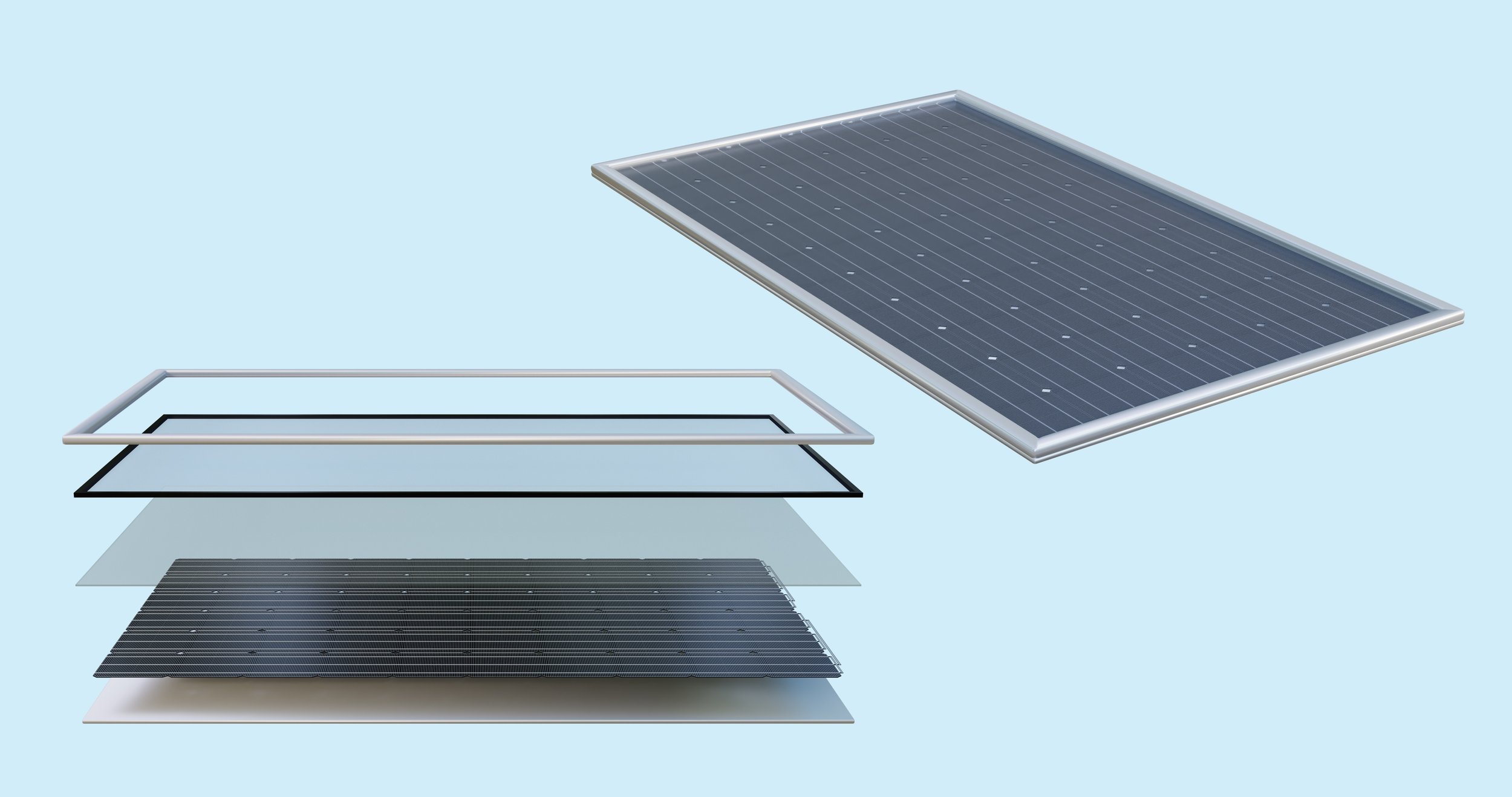When people talk about solar in Ohio, they are referring to electricity created when sunlight harvested by photovoltaic (commonly referred to as “PV”) panels. Solar panels are commonly employed on residential and commercial rooftops, for off-grid power situations (mobile road signs, remote work sites), and increasingly for generating electricity for the power grid.
To generate electricity for the power grid, pv panels are installed in large groupings called “arrays”. Depending on the intended use and scale, arrays of pv panels (commonly referred to as a project) are usually installed on brownfields, well fields, or agricultural land. Project sizes are measured in terms of Megawatts (MW) and the electric output of a project is measured in Megawatt-Hours (MWh).
To effectively harness the power of the sun, pv panels are arranged in rows supported by metal racking supported by driven steel support pilings. Pilings do not require concrete as they are driven into soil to sufficient depth to withstand impacts from high winds, frost heave, extreme weather, etc.
What Is Solar?

Solar panels are typically made of layers of photovoltaic cells (silver/copper conductors and silicon wafers), an encapsulant (basically a plastic layer to protect against moisture intrusion, and tempered glass. Some solar panels also have a frame but many are now frameless due to their high durability.
The below diagram is a simplification of a solar project shows PV panels arranged in rows, injecting power to the electric grid. Projects install landscaping along road frontage and near neighboring properties.

